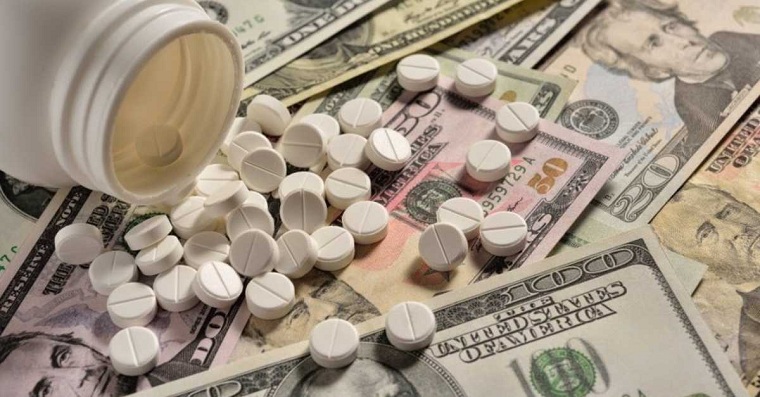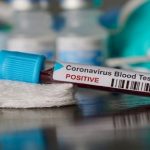 Imagine a world in which a global network of medical professionals monitored for emerging strains of a contagious virus, periodically updated an established formula for vaccinating against it, and then made that information available to companies and countries around the world.
Imagine a world in which a global network of medical professionals monitored for emerging strains of a contagious virus, periodically updated an established formula for vaccinating against it, and then made that information available to companies and countries around the world.
Moreover, imagine if this work were done without any intellectual-property (IP) considerations, and without pharmaceutical monopolies exploiting a desperate public to maximize their profits.
This may sound like a utopian fantasy, but it is actually a description of how the flu vaccine has been produced for the past 50 years.
Through the World Health Organization’s Global Influenza Surveillance and Response System, experts from around the world convene twice a year to analyze and discuss the latest data on emerging flu strains, and to decide which strains should be included in each year’s vaccine.
As a network of laboratories spanning 110 countries, funded almost entirely by governments (and partly by foundations), GISRS epitomizes what Amy Kapczynski of Yale Law School calls “open science.”
Because GISRS is focused solely on protecting human lives, rather than turning a profit, it is uniquely capable of gathering, interpreting, and distributing actionable knowledge for the development of vaccines.
While this approach may have been taken for granted in the past, its advantages are quickly becoming clear.
In responding to the pandemic, the global scientific community has shown a remarkable willingness to share knowledge of potential treatments, coordinate clinical trials, develop new models transparently, and publish findings immediately.
In this new climate of cooperation, it is easy to forget that commercial pharmaceutical companies have for decades been privatizing and locking up the knowledge commons by extending control over life-saving drugs through unwarranted, frivolous, or secondary patents, and by lobbying against the approval and production of generics.
With the arrival of COVID-19, it is now painfully obvious that such monopolization comes at the cost of human lives.
Monopoly control over the technology used in testing for the virus has hampered the rapid rollout of more testing kits, just as 3M’s 441 patents mentioning “respirator” or “N95” have made it more difficult for new producers to manufacture medical-grade face masks at scale.
Worse, multiple patents are in force in most of the world for three of the most promising treatments for COVID-19 – remdesivir, favipiravir, and lopinavir/ritonavir.
Already, these patents are preventing competition and threatening both the affordability and the supply of new drugs.
Continued next page
(91 VIEWS)


